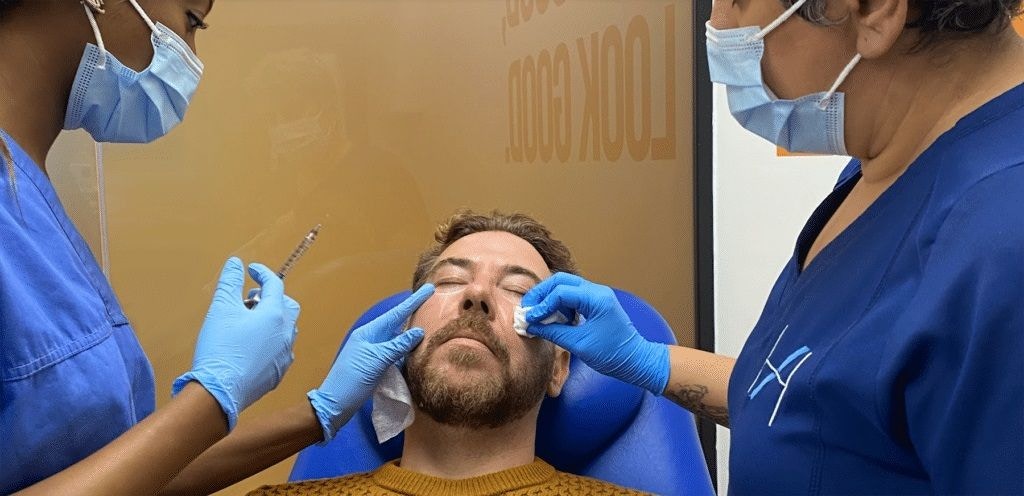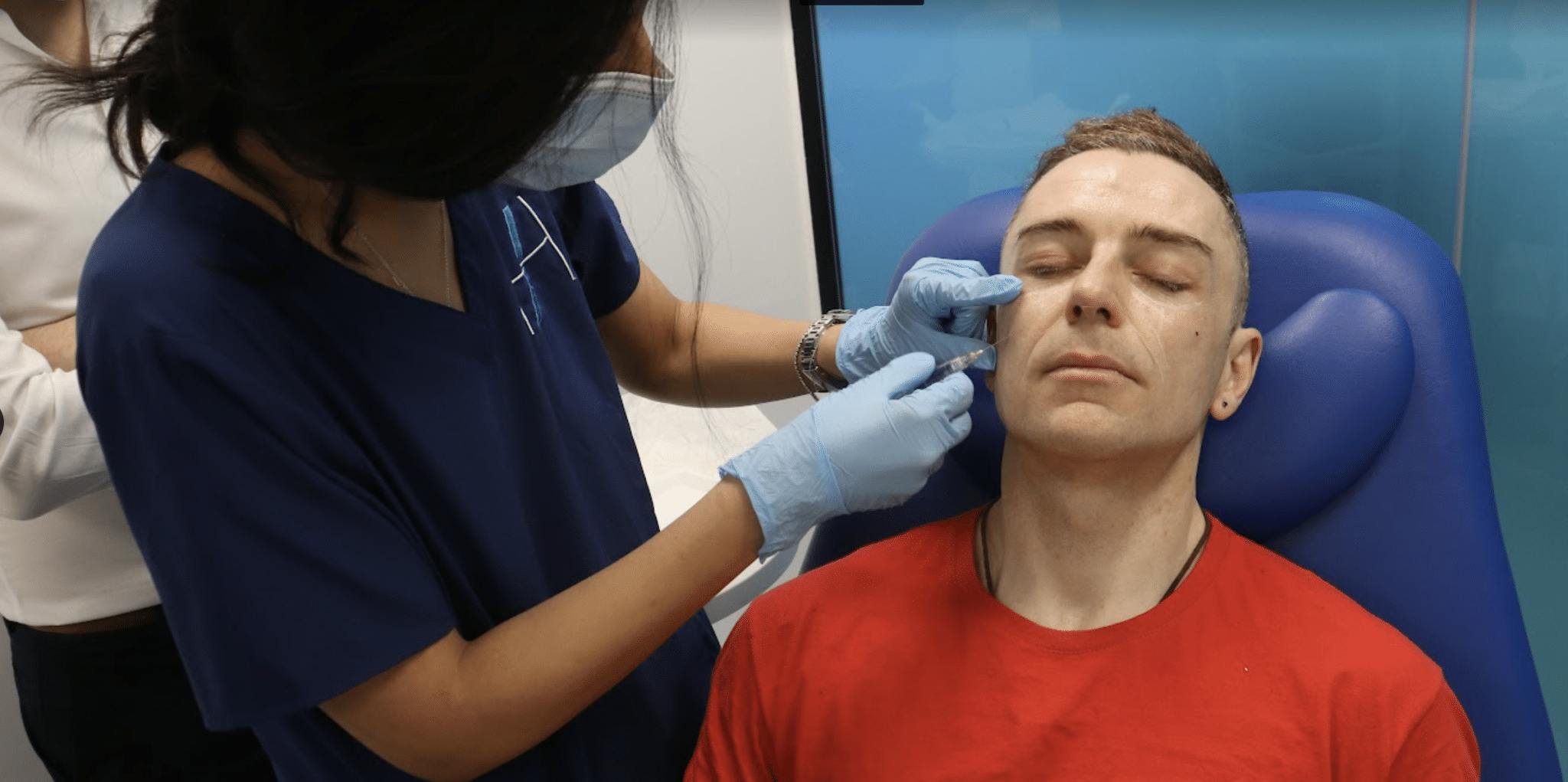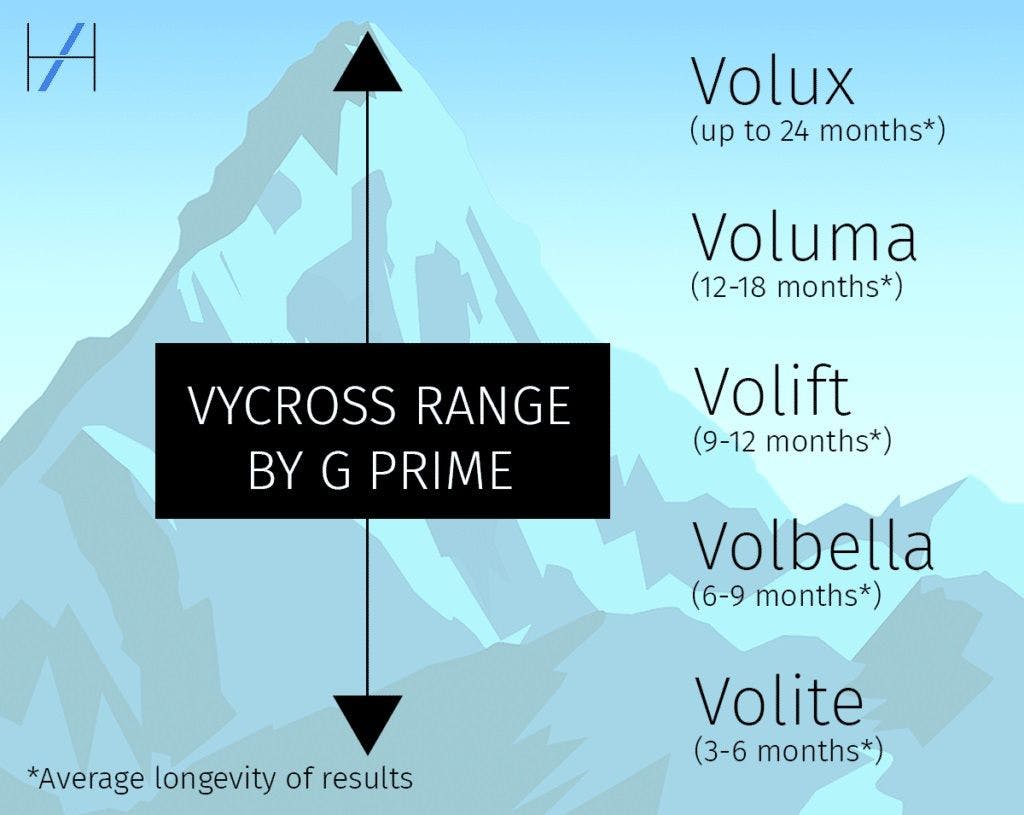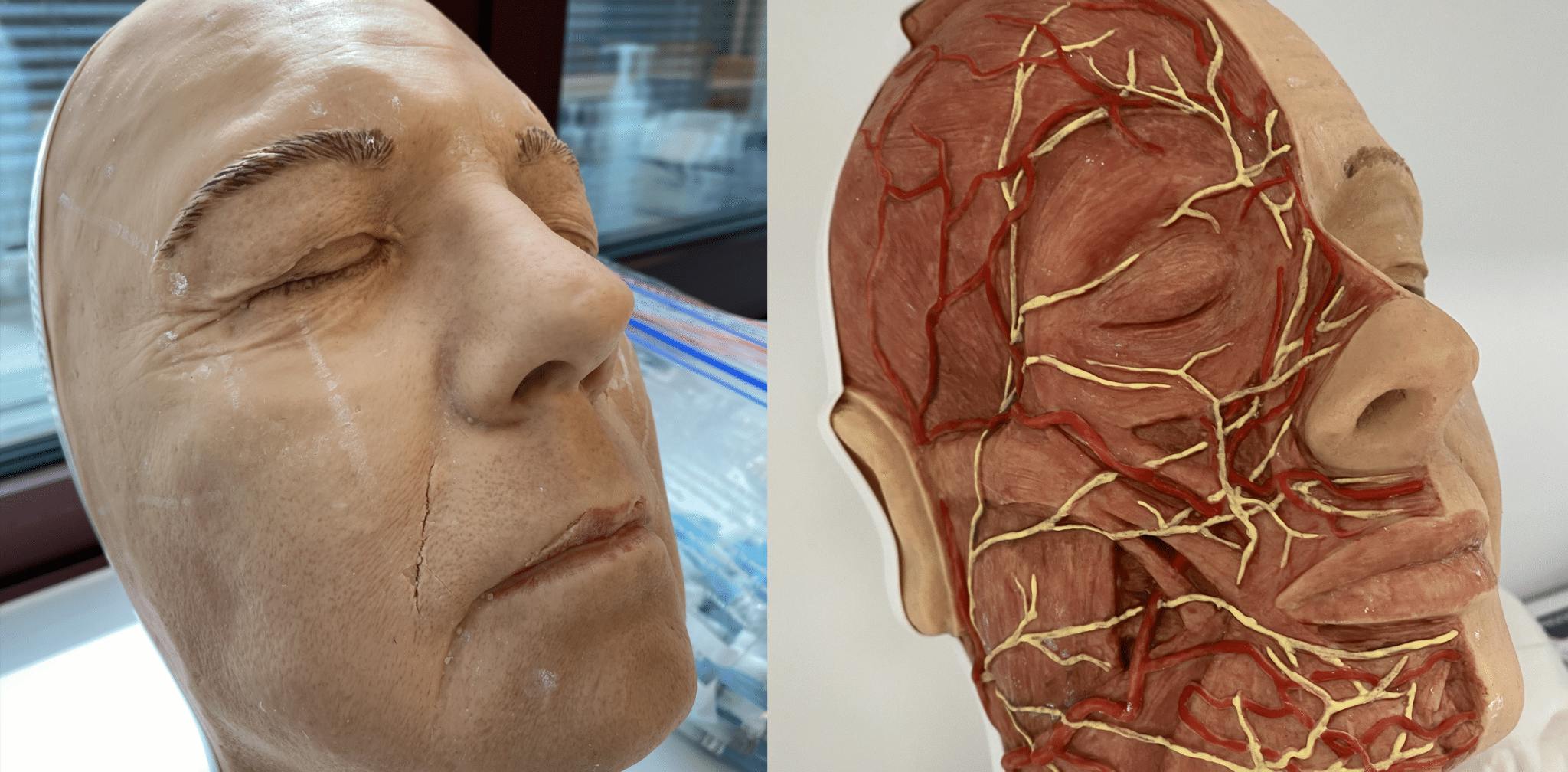How To Treat Male Filler Patients

Learning how to treat male filler patients effectively is just as important as knowing how to treat females.
Not only are men becoming increasingly comfortable in seeking out injectables, but in order to treat patients of any gender who require facial masculinisation, you first need to know the nuances of treating male filler patients.
Please note that when we refer to “male” patients, we mean this to include all cis and male-presenting patients.
As part of our pair of “expert advice” articles on improving your approach to injectables for men, we’re now looking at dermal fillers.

Yesterday cosmetic nurse prescriber, Shantel Noble, RGN, provided excellent tips for administering botox to male patients. Today she follows that up by sharing her wisdom on treating male filler patients.
As an aesthetics specialist, she is well-versed in treating both male and female clients, at her own practice – Noble Medical Aesthetics – and in her role as a Harley Academy clinical trainer.
ADVICE ON TREATING MALE FILLER PATIENTS
Here Shantel answers our students’ and Instagram followers’ most commonly asked questions about treating male filler patients...
What’s the difference in approach when treating male filler patients?
The difference in approach when treating male versus female filler patients is understanding...
– Variables between ‘ideal’ proportions and ratios
– Differences in bony structure
– Beauty ideology, understanding feminisation vs masculinisation.

Lip filler for men
Men’s faces tend to be more angular and defined. Injection points are often required to broaden and square as opposed to narrow. For example, when treating male lip filler patients we want to keep the volume within the width of the chin. This differs from females where we generally keep it within the width of the nose. Volume in the male lip is more evenly distributed compared to females, where the volume is concentrated more with the intercanthal distance.
Cheek filler for males versus females
Zygomatic bones on males are typically more horizontal, so our cheek filler injection points will follow the palpated bone.
Bigonial distance can match or extend beyond bizygomatic distance in men, whereas for women we want to restore or maintain the triangle of youth.
Chin filler for males versus females
Square chins are typical of males, compared to the traditional round chin of females. Chin width can be aligned to the distance between the inside edge of the pupils, which will also correlate to the width of the lips. This is a bit wider in males compared to females overall.

Consider using higher G prime fillers when treating men
Opt for larger doses of filler or higher G-prime filler products when injecting male filler patients, particularly onto the periosteum, for example. This provides distinct angular and sharp projection typical of male features, as opposed to the softer, rounded features which are considered more feminine.
We teach using Juvéderm fillers at Harley Academy; from this range, I would use Voluma along the jawline for a female but Volux for a male. This is because the goal is to create a squarer, more defined end point.
Top tips for treating male filler patients
– You will likely need to use more product or a higher G-prime filler when treating males, particularly in layer 5 (periosteum)
– Consider your patients’ outcome; conservative approaches and undetectable outcomes are often more desirable for the more cautious male patient
– Respect the anatomical differences between male and female faces; understand how the proportions, angles and structures differ.

LEARNING HOW TO TREAT MALE INJECTABLES PATIENTS
The key takeaway here is that, in order to safely and effectively treat male – and female – patients, aesthetics practitioners must have a thorough understanding of anatomy. This is covered both in our interactive eLearning modules, as well as our in-person teaching. It forms the backbone – no pun intended – of every medical aesthetics practitioners’ treatment knowledge.
Once you have the theory under your belt, it’s a case of practice, practice, practice!
Whether you undertake aesthetics courses where you bring your own patient, or treat patients we provide for you, use the time you are studying to get as much experience as possible.
Students on our Level 7 Diploma in Botox and Dermal Filler courses in particular should take advantage of mentored sessions to treat many patient types. Different genders, ages, races, various concerns…
These are invaluable in preparing you for real world practise. They also provide you with the skills and confidence to deal with real life patient situations once you’re on your own.
If you’re a licensed doctor, dentist, nurse or midwife looking to explore aesthetic medicine training or are an experienced practitioner looking to obtain a formal aesthetics qualification, we can help. Simply book a call with Deneal Basi, our head of student recruitment, who can find your perfect course.
All information correct at the time of publication
Download our full prospectus
Browse all our injectables, dermal fillers and cosmetic dermatology courses in one document
By submitting this form, you agree to receive marketing about our products, events, promotions and exclusive content. Consent is not a condition of purchase, and no purchase is necessary. Message frequency varies. View our Privacy Policy and Terms & Conditions
Attend our FREE open evening
If you're not sure which course is right for you, let us help
Join us online or in-person at our free open evening to learn more
Our Partners














STAY INFORMED
Sign up to receive industry news, careers advice, special offers and information on Harley Academy courses and services

